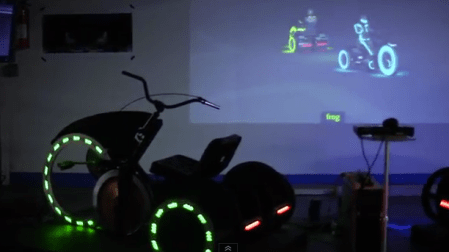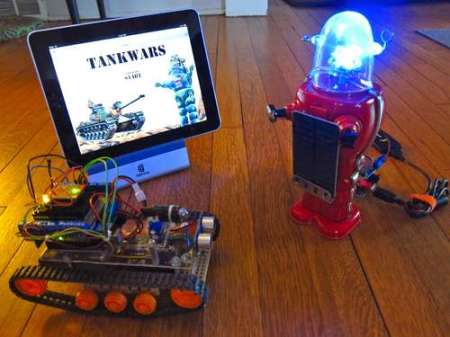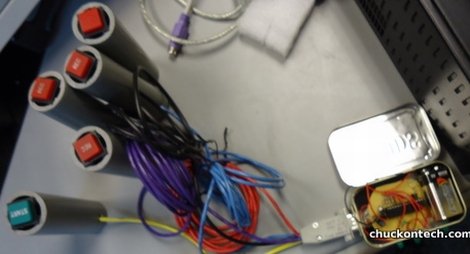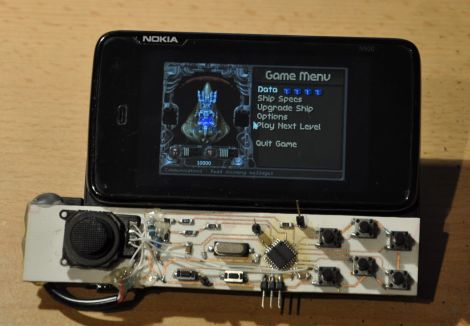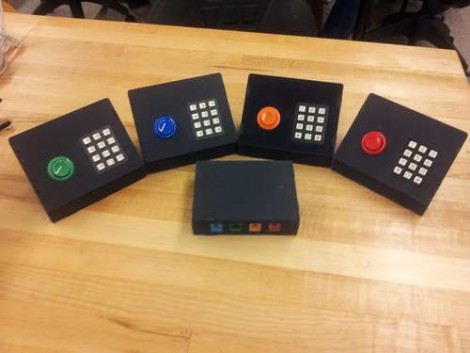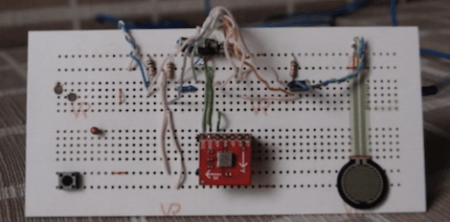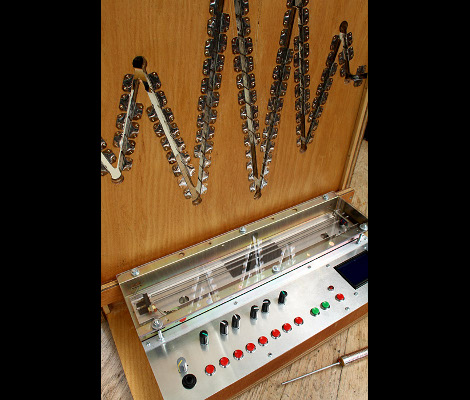
Part of the fun of the classic game of Operation is the jump you get from the loud buzzer which sounds if you touch the sides. This exhibit piece uses the same principle of lining the edges of a track with metal, but instead of an annoying buzz, each touch will issue a bit of music. That’s because the maze has been paired with a synthesizer. Instead of one sound wherever the stylus touches the sides, different parts of the maze act as one of 94 keys for the synthesizer.
There’s a lot more built into the base of the device than just a maze game. The knobs are used to alter the audio effects and the buttons work in conjunction with they stylus to sequence audio samples. There’s even a graphic LCD screen which shows the currently playing wave form. You can get a better look at the project in the video after the break.
Continue reading “Adding A Sound Synthesizer To A ‘don’t-touch-the-sides’ Maze Game”

